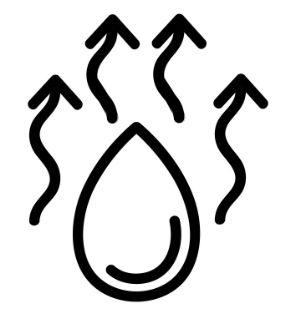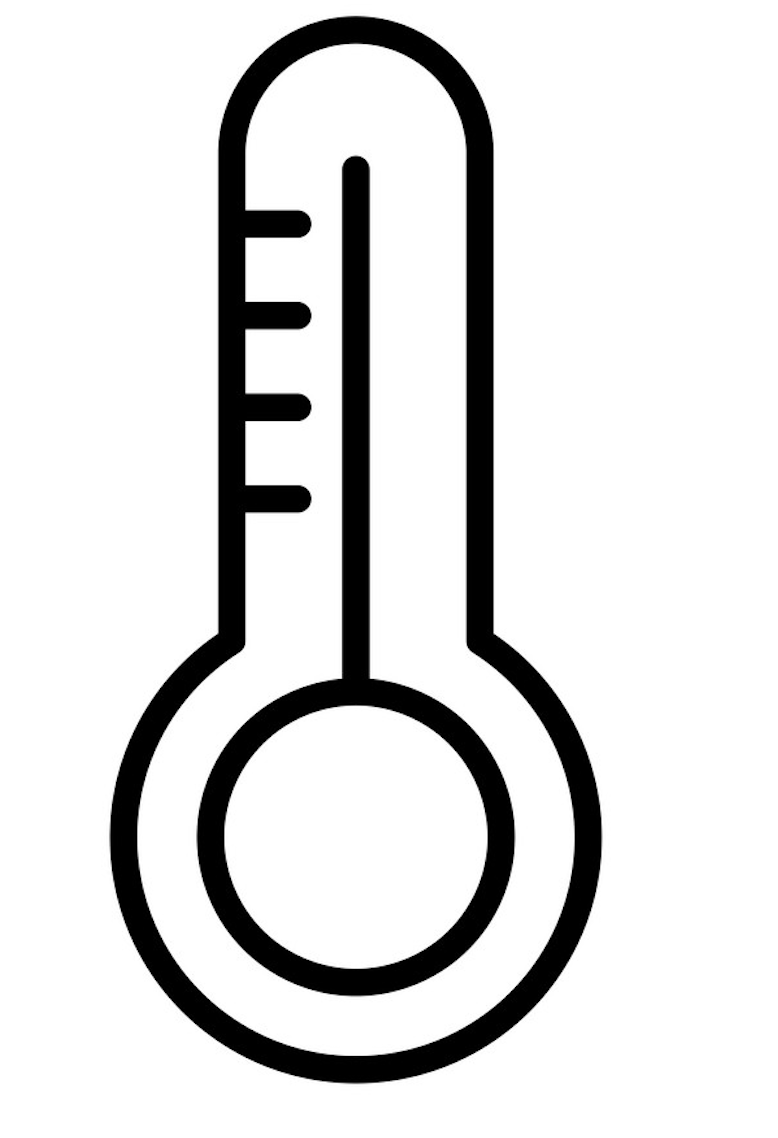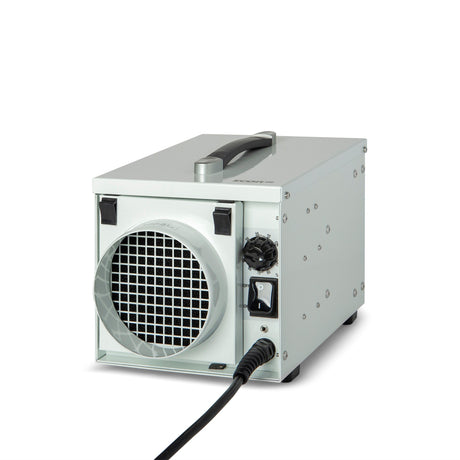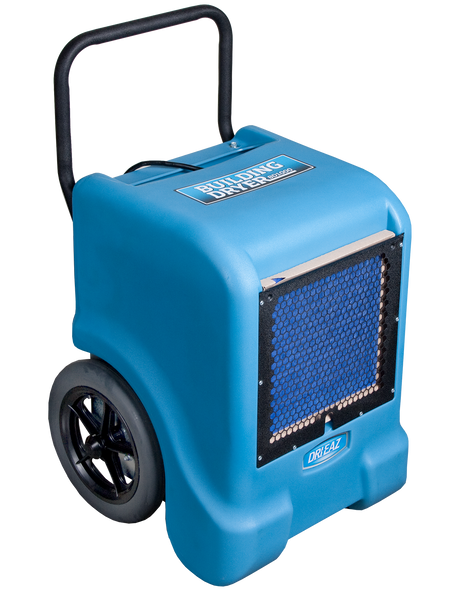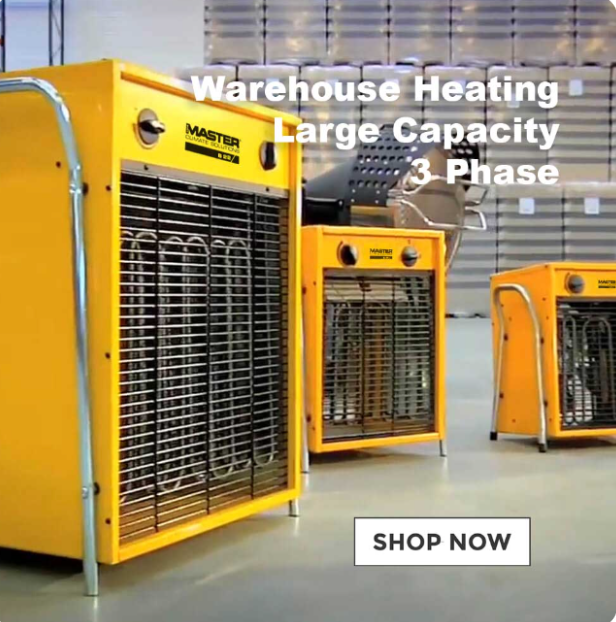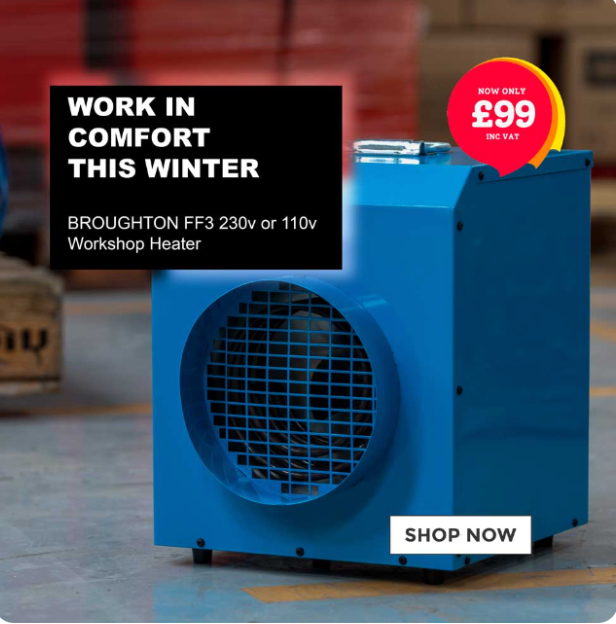Understanding capacity is crucial when selecting a condensation dehumidifier, as it determines how effectively it can control moisture in a given space.
The dehumidifier’s extraction rate should match both the room size and the typical humidity level for optimal performance.
A model with a capacity that’s too low may struggle to reduce moisture effectively, leading to slower results.
Conversely, a unit with a well-matched or slightly higher capacity will perform efficiently, maintaining ideal humidity levels quickly. Choosing the right capacity ensures reliable and consistent dehumidification tailored to your environment.

